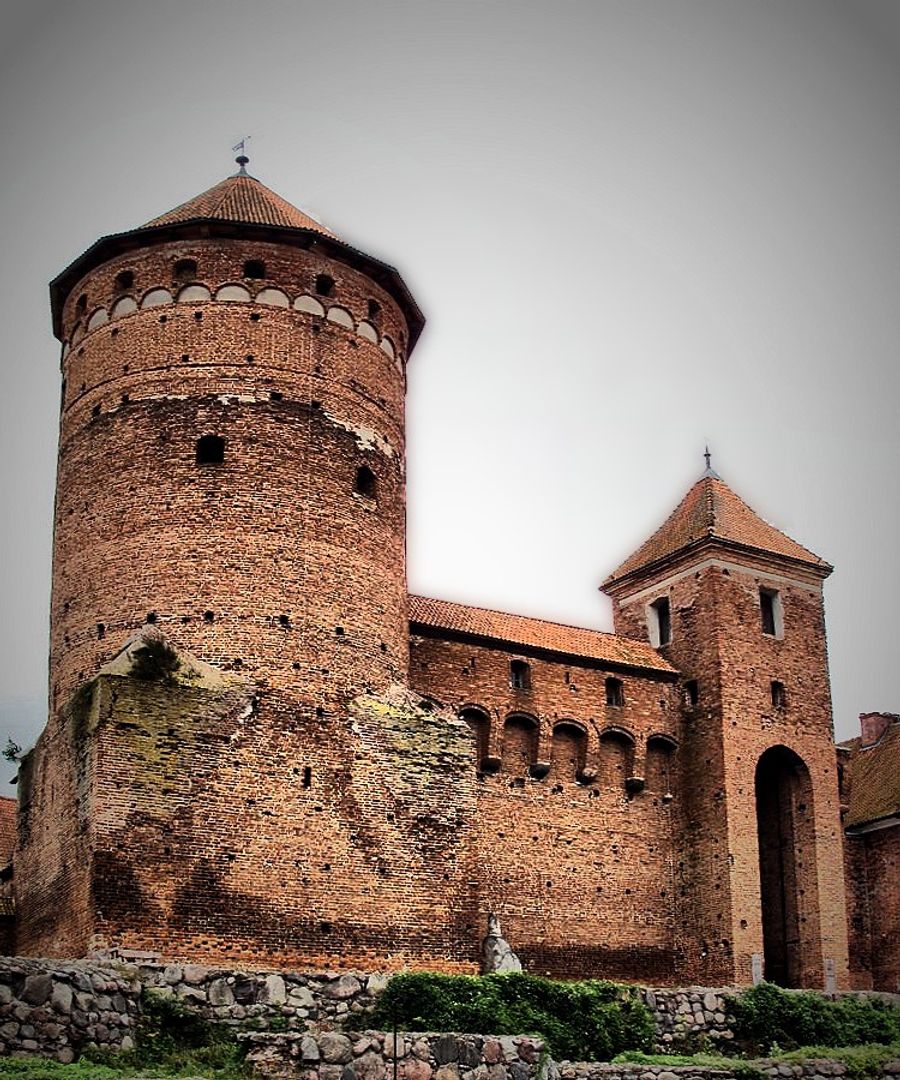Reszel Castle
7.83

Overview
Reszel Castle, situated on the Sajna River, was built between 1350 and 1401 as a bishop's stronghold. Throughout its history, it was besieged and captured by various armies, including Polish and Teutonic forces, highlighting its strategic importance. In the 14th century, its construction was based on earlier fortifications, and its architecture featured contemporary defensive techniques such as high walls, bastions, and multi-story towers that served both military and residential purposes. The castle had a quadrangular layout, with a central courtyard surrounded by walls and distinctive architectural details like crenellations, arrow slits, and an arcaded frieze. In the 15th century, the defensive system was modernized, enhancing its robustness, though this did not prevent subsequent captures, often due to the defenders' lack of resolve. By the 16th century, after numerous takeovers, the castle transitioned from a fortress into a bishops' residence. Although it suffered damage during the Polish-Swedish wars and its condition worsened over the following centuries, the castle's fate changed drastically after the First Partition of Poland when it was repurposed as a prison. Following fires in 1806 and 1807 that destroyed the main tower, the castle lost much of its original architectural character. In the 19th century, modernization efforts began on the Reszel fortress, continuing intermittently to this day. Today, the castle houses a branch of the Museum of Warmia and Mazury, as well as a hotel and restaurant, reflecting its growing cultural and touristic significance. Interestingly, the castle's cellars once served as storage areas, while the ground floor housed an armory and a kitchen. Moreover, due to its historical and architectural value, Reszel Castle attracts numerous visitors, standing as a key landmark in Warmia and Mazury and a testament to the region's rich history.
Location
2025 Wizytor | All Rights Reserved